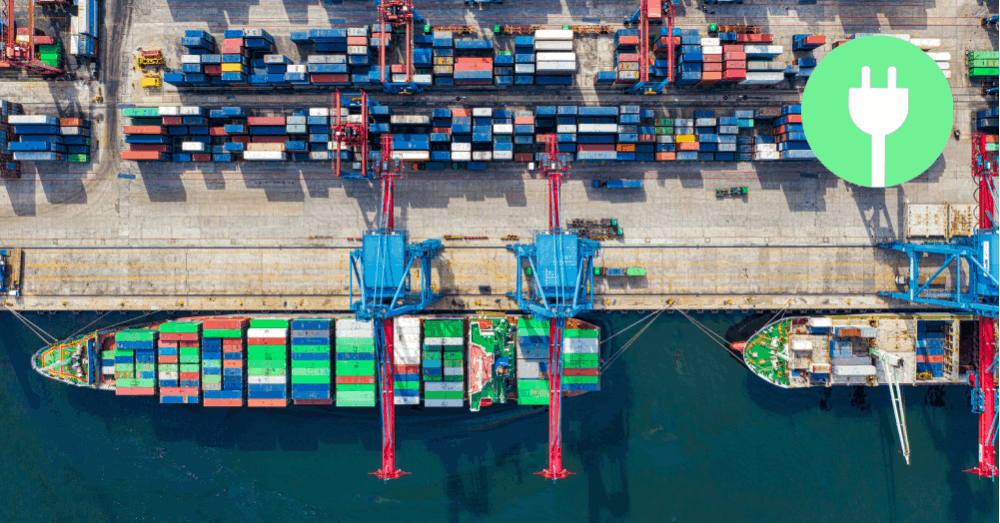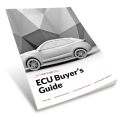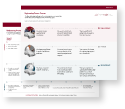With 72% of transportation greenhouse gas emissions coming from land transport vehicles, the onus of cutting C02 emissions lies heavily on the shoulders of road vehicle manufacturers. And that’s shaking up the EV value chain like never before.
Evaluating The EV Supply Chain
The shift from internal combustion engines to electric vehicles will have a massive impact on the vehicle supply chain.
James Nicholson — a partner at global strategy consulting firm EY-Parthenon — states that around 25% of the ICE vehicle supply chain doesn’t carry over into the EV supply chain.
Electric batteries are historically one of the most challenging parts of the vehicle. As a result, manufacturers are making the batteries themselves, partnering with battery companies, and investing in them.
The supply chain pros of shifting to EV
There are a number of benefits to manufacturers from the shift to EVs:
- Electric motors are less complex than traditional internal combustion engines. The Chevrolet Bolt EV’s engine, for instance, contains only three moving parts — which is 110 fewer parts than a four-cylinder ICE.
- With single-speed transmissions, electric vehicles have no need for turbo- or superchargers, which are required in ICE vehicles to bring oxygen to the engine.
- Creating a regional electric vehicle supply chain can further cut down on C02 emissions, as materials don’t have to travel as far to get where they need to go.
- Innovations in sustainability are resulting in circular supply chains, wherein materials like cobalt, copper, and lithium are recovered from recycled batteries and fed back into the EV value chain.
…. And the cons
And there are also some challenges of shifting to EVs:
- The technical complexity of vehicles is also increasing, as in-vehicle connectivity and other driver-assisting technology advance in tandem with EV development.
- Materials such as cobalt and lithium can be difficult to source.
- It’s more expensive to refine nickel in North America or Europe, as opposed to cheaper refinement practices in Asia.
- The high value of the EV battery pack is still rising, which may eat into the expenses typically reserved for other components such as the chassis, body, and interior elements of the vehicle.
Cost
Business management consultants at AlixPartners estimate that over the next five years, companies will invest $330 billion in the global EV supply chain. Manufacturers and suppliers who are willing to invest to change with the market will have a new set of risks and rewards to navigate.




